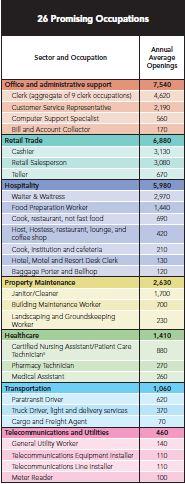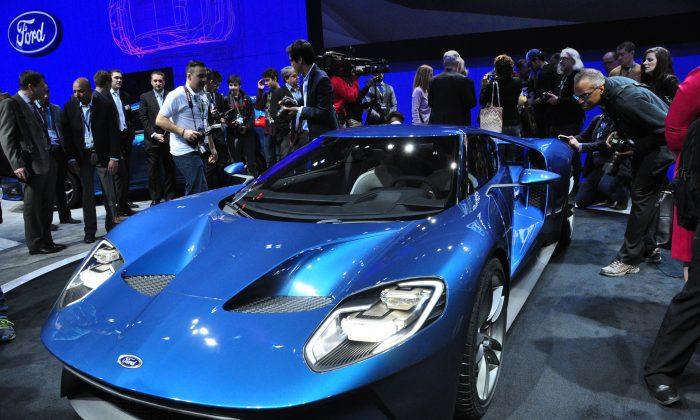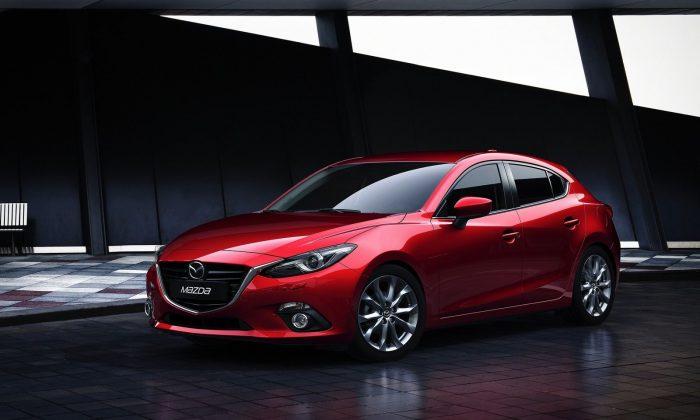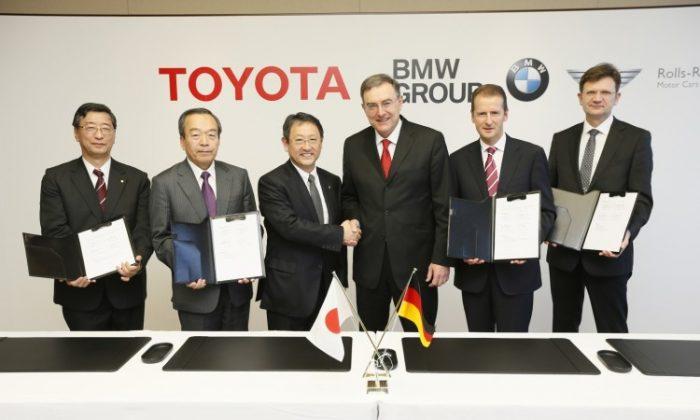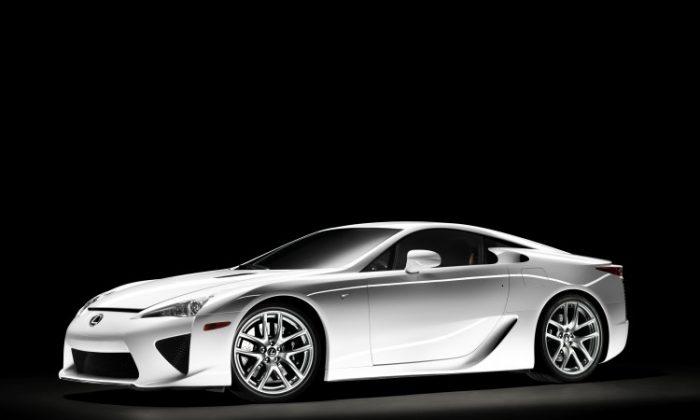The TSX is Acura’s ammunition in attacking the $30000-$40000 entry-level luxury market segment. First introduced for the 2004 model year, the 2009 model is the first major redesign. The new exterior loses some of the original simplicity and gains some bulk, and the new chrome plate grill and headlights clearly distinguishes the new look from the previous. The tail lamps also received a similar redesign to match the shape of headlights.
The TSX is available in three trim levels - TSX, TSX Premium, and TSX Technology. The base model is listed for $29,000, while the Premium package adds $3,300 to the sticker price. The Premium package comprises premium audio system with XM satellite radio, perforated leather interior, HID lights, fog lights, automatic lights, 2-position driver’s seat memory, and USB connectivity. The test vehicle is equipped with the $6000 Technology package with no extra fee for 5-speed SportShift automatic transmission. The Technology package adds voice-activated navigation system, reverse camera, and 6-disc, 10-speaker audio system on top of the Premium package.
For the 2009 model with automatic transmission, gone is the Tiptronic-style shifter with a jagged gate and a discrete manual gate. The new shifter is a straight-gate design with F-1 style paddle shifters mounted on the steering wheel. To change gear positions, you press a trigger upward on the shifter knob to unlock the selector stick. Instead of moving the lever to engage the manual mode, you can change gears with the paddle shifters at anytime in D (Drive) and S (Sequential) mode. Normally, once the computer decides the car has resumed the “normal” driving condition, it will take control again.
While manual control is in effect, a small single-digit display on the instrument panel shows the current gear. At first you may be concerned with the shifting logic interfering with your driving, but it shouldn’t take long to get used to when the car resumes shifting control. According to the manual, the logic decides the vehicle is in the normal driving mode when it senses a consistent throttle and the speed remains fairly constant. My own driving experience concurred with this. I have let the car roll down a steep hill after manually selecting the second gear and taking my foot completely off the gas pedal. With the throttle completely off, the car correctly determined I wanted engine braking, and it remained in the second gear all the way down the hill. Coming down a highway off-ramp, I downshifted to the second gear to make a left turn. Accelerating out of the turn, the car left the gear selection in manual mode during the acceleration. You can override this behavior by selecting the S mode and pressing the paddle shifter while the car is stopped. This engages the first gear in a fully manual mode, and you have full control of the gear selection.
The 2.4-litre inline-4 engine provides a satisfying amount of ease and power when accelerating from a full stop. The engine responds quickly to even light gas pedal presses, and the feedback from the torque converter feels fairly solid even in the low rpm range. Equally light, yet linear and well connected, is the steering. The drive is easy and goes a long way to reducing stress in bad traffic conditions. When coming out of a traffic jam, put your foot down on the gas pedal and the engine really comes to life. The roar asserts power without feeling strained, and washes the lingering stress away as the car quickly leaves the traffic jam far behind. The engine is gas-efficient, rated officially at 20 mpg of premium gas for city driving. As with all cars, however, this number goes out of the window if you plant your foot down on the gas pedal. In return, you get the rush of speed as the engine happily sings.
Driving at fast speeds requires the ability to stop fast and turn well. The car’s 3,483 lb. curb weight is not a bad trade-off between traction and inertia, and the TSX is known for its athletic qualities, although I would prefer to see the weight around low 3,000s or high 2,900s for a sedan of this size. The weight presses down on the taut suspension and the 17-inch stock tires around corners, giving the driver a good sense of control and confidence. The stock all-season tires on the 2009 model have adequate performance. The car brakes fairly well. The disc brakes gracefully bring the car to a stop in a linear and controlled fashion. Braking is where I made much use of the paddle shifters. I let the electronic logic handle upshifts most of the time, but out of habit, I aggressively used the paddle shifters to down shift for engine braking. That is one advantage over the previous design – you can change gears at any time without having to engage the manual mode first.
The interior is stylish and spacious, with plenty of space for the driver and three passengers. The 8-way power-adjusted driver’s seat is firm and supportive. The base model is equipped with premium cloth seats, while the Premium and Technology models are equipped with leather seats. The power moon-roof is a standard feature. For non-convertible cars, once you are used to having an open moon-roof on a fine day, it’s difficult to live without one.
Other remarkable standard features include speed-sensing windshield wipers, automatic day/night rear view mirror, compass, dual-zone climate control, Homelink remote control (i.e. built-in garage door remote), Bluetooth hands-free mobile phone connection, and Bluetooth audio interface. Starting at $29,90900, the TSX is loaded with many convenient features. I am surprised that leather upholstery is no longer included in the base model though.
For the 2009 model year, the TSX received a new exterior design and added some bulk and weight, but it is still a sporty sedan. At the same time, it is a very practical family vehicle with its generous interior space, cargo capacity, and conservative fuel consumption. The performance, luxury, and practicality will please everyone in a family shopping for a car in the under $30,000 range.
2009 Acura TSX Technology
201 bhp@7100 rpm 170 lb-ft@4300-4500 rpm
5-speed automatic transmission with paddle shifters
Fuel consumption (city/highway/combined): 9.6/6.5/8.2 litres/100 Km
MSRP: CDN$40,300
